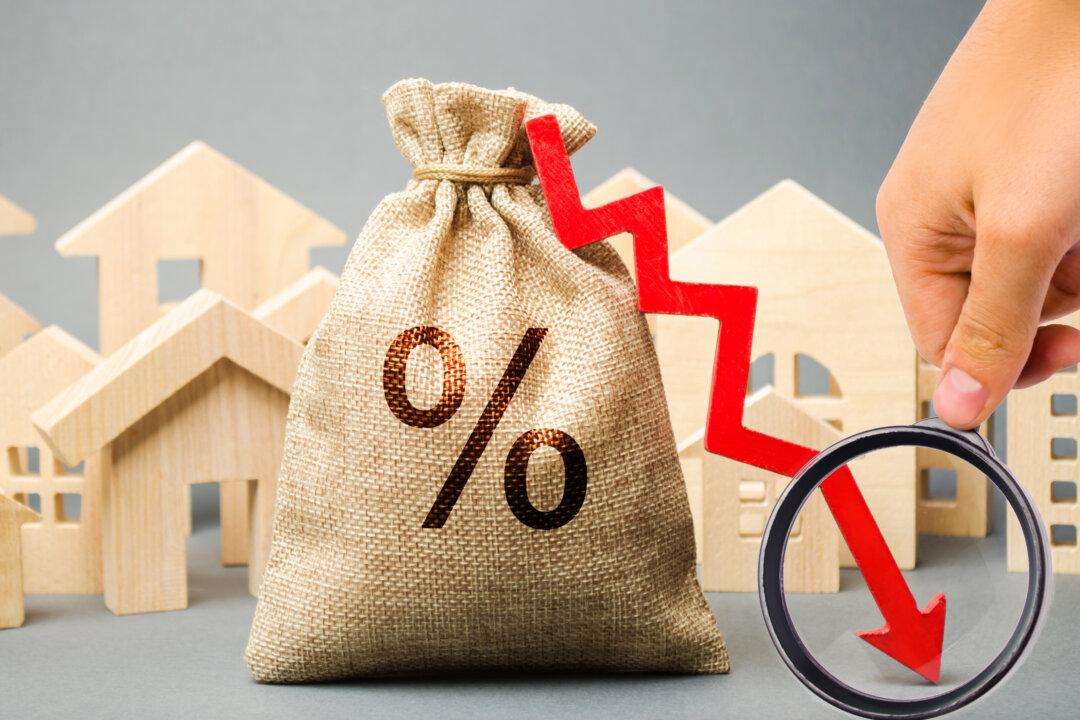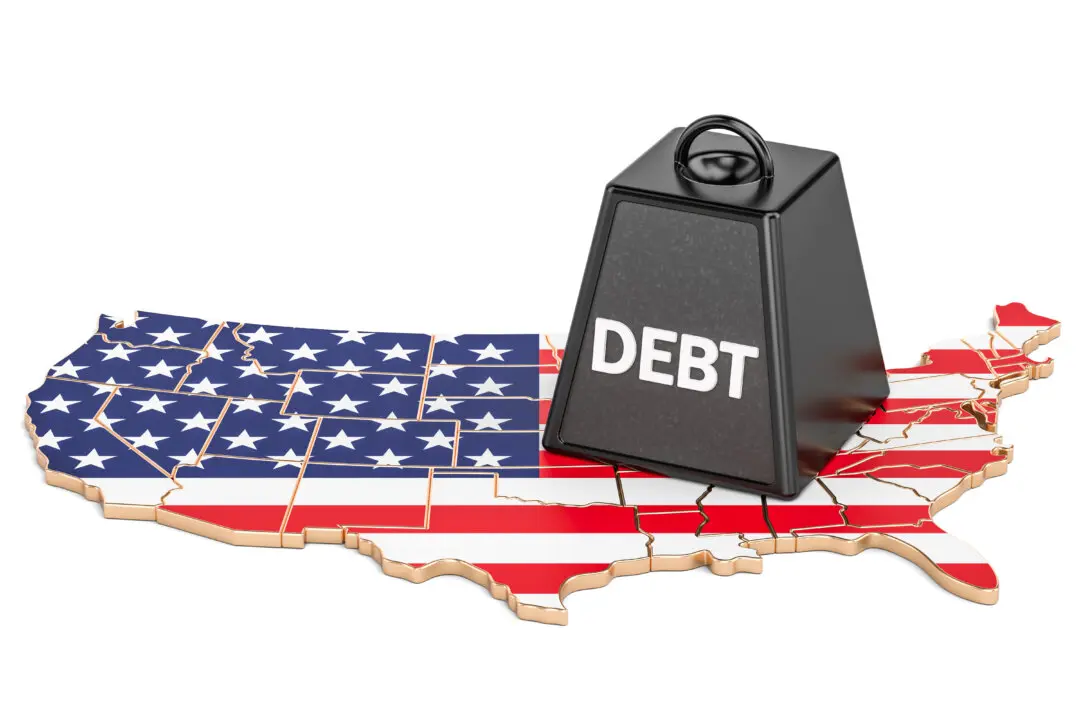Savings and Economic Growth
To maintain life and well-being, an individual must have at his disposal an adequate amount of goods. These goods, however, are not readily available—they have to be produced. Without tools at his disposal (capital goods), the individual can only secure very few goods directly from nature for his survival. For instance, take an individual stranded in a forest. In order to stay alive, he can only pick up some apples from an apple tree. Apples are the only good available to him that can sustain him.Defining Money
Money emerged as a result of the fact that barter could not support a complex market economy. A butcher who wanted to exchange his meat for fruit might have difficulties finding a fruit farmer who wanted meat. The fruit farmer who wanted to exchange his fruit for shoes might not be able to find a shoemaker who wanted his fruit. The distinguishing characteristic of money is that it acts as a general medium of exchange. It has evolved from the most marketable commodity.Monetary Policy
Being the medium of exchange, money enables goods to be exchanged for it and then money is exchanged for other goods. When, however, money is generated out of thin air via inflation of money and credit, this sets creates an exchange of nothing for something. To clarify this point, consider counterfeit money generated by a forger. Goods are exchanged for it, but no new goods or services have been added to the economy. Once the fraudulent money is exchanged for goods, this results in nothing being exchanged for something. This leads to a channeling of goods from those individuals that have produced goods to the forger. Artificial increases in money supply divert goods and production from wealth-generators to non-wealth-generators. As a result, this weakens the wealth generator’s ability to generate wealth.What About the Correlation Between Money and Economic Growth?
Does a positive correlation between the money supply growth and the economic growth imply that more money causes economic growth? Again, what enables economic growth is property rights, free trade, sound money, production, saving, and capital investment. To enable greater growth via capital investment per capita is saving, not just more money. Being the medium of exchange, money only facilitates transactions. By itself, however, more money produces nothing.It is savings that support individuals employed in the various stages of production. Money only fulfills the role of the medium of exchange; it is just an intermediary. What then is the reason for the positive correlation between the lagged money supply growth and the growth rate of various economic indicators?
In the market economy, prices are expressed in terms of money (i.e., the amount of money asked per unit of things). An artificial increase in money supply does not spread instantly across the economy. It begins in particular markets, at particular injection points. As a result, it pushes prices in those markets higher. This pervades unevenly through the price and production structure. Hence, there is a time lag from changes in the money supply and changes in the “average” prices of goods.
All other things being equal, the change in the “average” price of goods lags behind money supply growth and results in the change in the monetary turnover. The monetary turnover is the quantity of goods sold multiplied by the average price of goods. This means that there is also a time lag from changes in the money supply and changes in the monetary turnover. Given that most key economic indicators, such as GDP, are derived from the monetary turnover, it is not surprising that the growth rate of various key economic indicators displays a positive correlation with changes in money supply.
Notwithstanding the positive correlation between the money supply growth and the growth rate of various economic indicators, the driver of economic growth is savings and not the money supply. If money could cause economic growth, then we wouldn’t have poverty in the world. After all, every country would just have to print money.
Hence, all other things being equal, if savings are expanding, the economic growth follows. Conversely, if savings decline, then economic growth will also decline. In a situation of declining savings, economic growth declines regardless of what the money supply growth is doing. The reason is because an artificial, inflationary increase in the money supply, while savings are declining, cannot increase consumer goods, capital goods, or savings. Hence, regardless of the increase in money supply, if savings are declining, economic growth will also decline. Inflationary increases in the money supply not only does not grow the economy, but it causes the misplacement of savings and causes boom-bust cycles.







